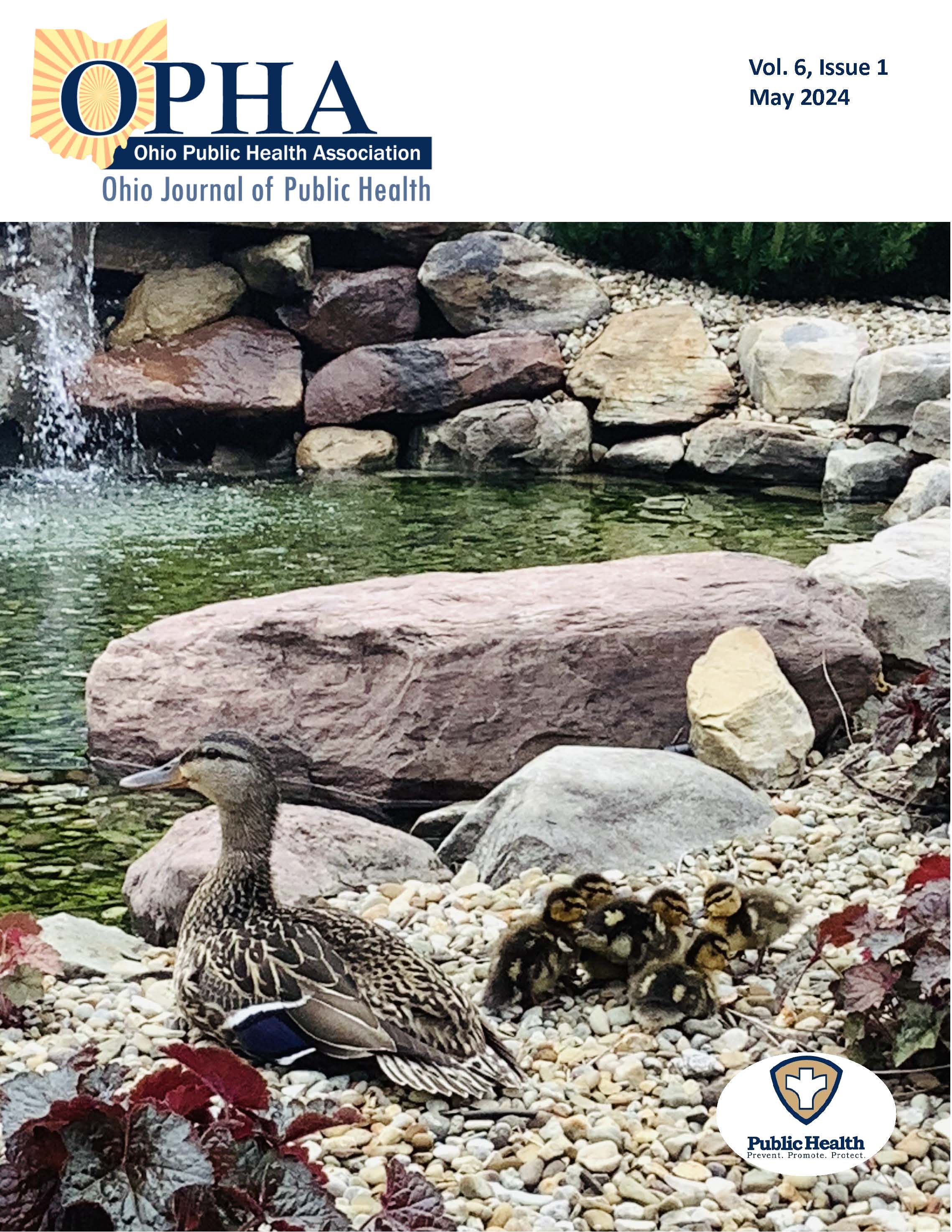Impact of the 2022 Mpox Outbreak on Future Public Health Initiatives in Ohio
DOI:
https://doi.org/10.18061/ojph.v6i1.9476Keywords:
Mpox, Sexual and gender minorities, Vulnerable populations, Socioeconomic disparities in health, World Health OrganizationAbstract
The 2019 coronavirus disease (COVID-19) created a global public health emergency costing the lives of millions, but the advent of COVID-19 vaccination allowed our society to contain infection and morbidity. As global health began to slowly recover in 2022, the emergence of mpox (monkeypox) in the Western world led to fear that global health would soon be under threat by another viral infection. Mpox is known as a viral zoonosis, or a virus transmitted from animals to humans, which presents with symptoms similar to those of smallpox. Mpox and smallpox belong to the orthopoxvirus genus in the Poxvirdae family, however, mpox is less clinically severe than smallpox, the latter being fully eradicated. Transmission occurs when an individual has direct contact with an infected rash, bodily fluids, respiratory droplets, or via fomites. From July 2022 to May 2023, the World Health Organization (WHO) declared the mpox outbreak as a Public Health Emergency of International Concern (PHEIC). Therefore, the establishment of treatment guidelines and medication has been widely distributed which include vaccinations based on smallpox and supportive treatments. Most importantly, there are apparent health care disparities in vaccine distribution and treatment which disadvantage Black and Latinx populations, in addition to LGBTQIA+ youth. This review characterizes the human mpox infection and analyzes the impact of mpox in the state of Ohio, with a special focus on tackling the disparities that are disproportionately affecting certain groups.
Downloads
Published
Issue
Section
License
Copyright (c) 2023 Gayathri Kumar Plakkot, Sanjay Satya-Akunuri Koka, Rohith Suba Koka, Coral D. Matus

This work is licensed under a Creative Commons Attribution 4.0 International License.


